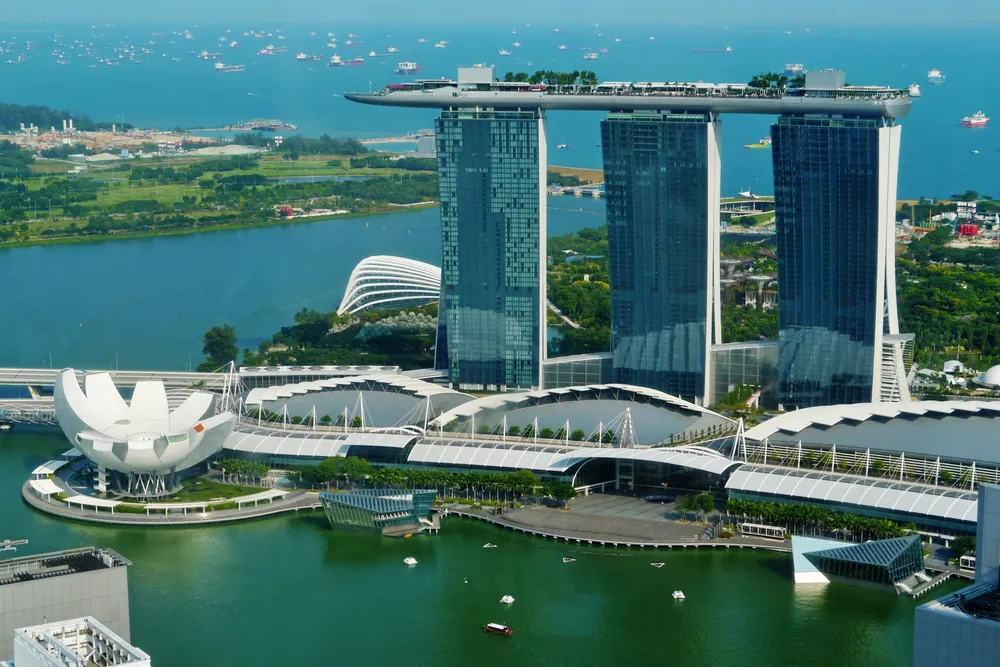Southeast Asian countries plan regional supergrid fuelled by offshore wind
Future offshore wind farms in Vietnam could help keep the lights on in power-hungry Singapore

Malaysia, Singapore and Vietnam have agreed to explore developing a regional supergrid that would be powered by renewable energy from the latter country, particularly offshore wind.
State-owned companies from all three countries signed a Joint Development Agreement to explore the idea, Singapore’s national energy and urban development company Sembcorp Industries announced yesterday.
The agreement was signed by MY Energy Consortium, an unincorporated consortium established by Malaysian utility Tenaga Nasional Berhad and state oil giant Petronas for Malaysia, PetroVietnam and Sembcorp.
“Together, the consortia will focus on unlocking Vietnam’s rich renewable energy resources – particularly offshore wind power – as a source for green electron generation and to supply clean electricity across borders,” said Sembcorp.
It said the alliance reflects “growing momentum” to building a regionally integrated power grid.
The companies have agreed to look at the idea of exporting renewable energy from Vietnam to Malaysia and Singapore via a new subsea cable that would land in Malaysia, with potential additional firming renewable energy generation and storage.
The deal appears to build on previous plans to build a 2.3GW offshore wind farm in Vietnam that will generate power to be sent to Singapore via a 1,000km subsea cable. Should the cable be able to dock in Malaysia rather than Singapore, it could be considerably shorter.
In a joint statement following the latest announcement, the companies involved said that Malaysia’s participation in the initiative “reflects our strong commitment” to developing an ASEAN Power Grid, “which aims to strengthen regional energy security through the creation of a power transit hub.”
“This tripartite partnership is a step forward in advancing transnational green infrastructure, tapping into Vietnam’s renewable energy potential, and delivering stable, low-carbon electricity to communities and businesses.”
Singapore, a city-state with little space to develop its own wind and solar farms, which also suffers from slow wind speeds, plans to import around 6GW of clean power by 2035. To date, its energy ministry has also granted conditional approvals to plans to import 2GW of power from Indonesia and 1GW from Cambodia.